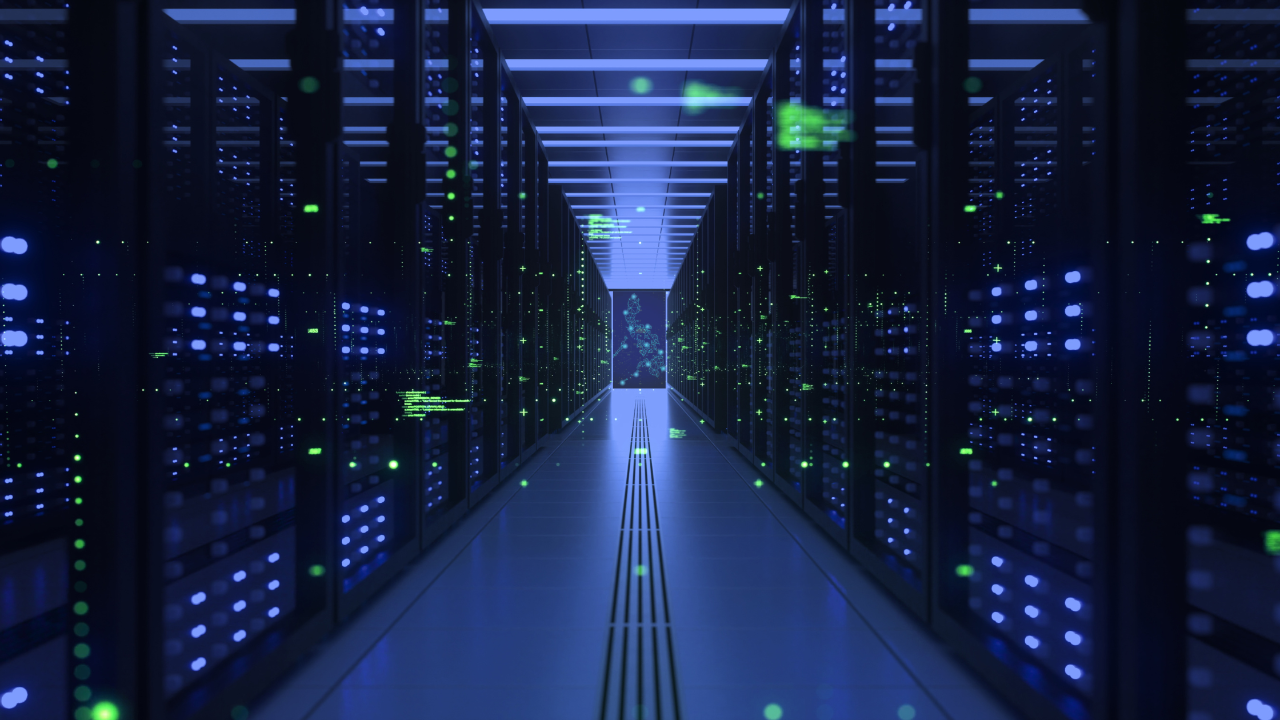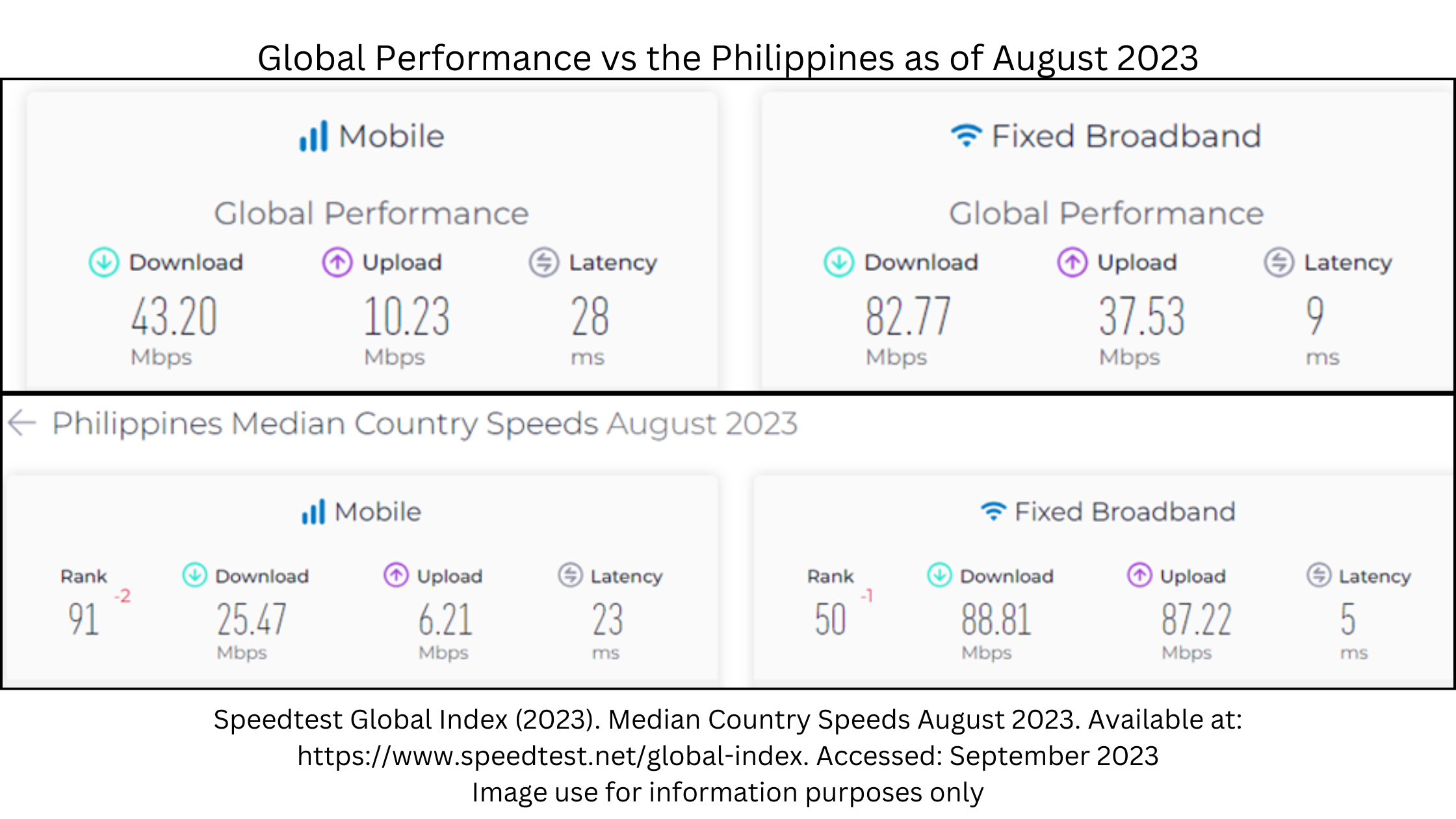
Exploring the Digital Landscape: Internet Resilience in the Philippines
In a world that is increasingly reliant on the internet for communication, commerce, and connectivity, the concept of internet resiliency has become more critical than ever.
What is Internet Resiliency and why it matters
A resilient internet is one that can quickly recover from disruptions and continue to provide essential services to its users. In the digital economy it dictates the following:
Economic Stability: Businesses rely on the internet for e-commerce, communication, and data storage. Disruptions can lead to financial losses and economic setbacks.
Emergency Response: During natural disasters or other emergencies, a resilient internet can be a lifeline for both individuals and first responders. It enables the dissemination of critical information and coordinates relief efforts.
Education and Telemedicine: In an increasingly digital world, a resilient internet is vital for remote learning and telemedicine. It ensures that students can access educational resources, and patients can receive remote medical consultations.
Global Connectivity: A resilient internet infrastructure strengthens a country's position on the global stage. It attracts international investment, fosters innovation, and facilitates international communication and collaboration.
The Internet Society's Ranking
In a recent report by the Internet Society, a professional society dedicated to ensuring the open development and use of the internet, the Philippines has earned the commendable rank of 7th out of 170 Asian countries in terms of internet resiliency. This achievement is a testament to the country's commitment to providing a reliable and accessible internet for its citizens.
The society measures internet resiliency in four major areas, namely Infrastructure, Performance, Security and Market Readiness. Below is data of how the Philippines performed.
1.Infrastructure
The Philippines scored at 48% which is a high rating noting the good, fixed line coverage given that it is an island nation. Under this area, it is also noteworthy that the country scored 89% in Network Coverage, which tells us that more people have access to the internet and 82% in Mobile Connectivity which is vital in regions with limited fixed-line infrastructure.
2. Performance
This metric evaluates the ability of the network to provide end-users with seamless and reliable access to internet services. The Philippines scored 48%, where Fixed Network is high at 76% and Mobile Networks at 29%.
3. Security
The Philippines is at 54% that mirrors the network's ability to resist intentional or unintentional disruptions through the adoption of security technologies and best practices.Secure Web Traffic is high at 84%, this is essential to protect users from cyber threats and ensure data privacy. Global Cyber Security is at 77% which measures a nation's commitment to cybersecurity at a global level. Philippines ranked impressively in DNSSEC validation at 40% which is higher than the global average of 31.42%
The National Cybersecurity Plan 2022 of the Philippine Department of Information, Communications, and Technology (DICT) is now on the rollout of cybersecurity infrastructure, including the capability-building program for all the national agencies and local government units. The Philippine Government continues to amplify the Data Privacy Act (RA 10173), set data protection standards, and recommend that all entities register with its online portal and hire a Data Privacy Officer.
4. Market Readiness
While the country scored low at 35%. It is notable under this metric that Affordability is high at (64%) which is a key factor in ensuring that a wide range of users can access and benefit from the internet and 42% market diversity. A healthy score indicates good competition in the country.
In a different study published by BusinessWorld Online in June 2023. According to the World Data Lab’s Big Byte Index, the Philippines ranked 66 out of 165 countries. Compared to the US at $25.5 monthly price, the Philippines is at $11.7 a month. This also placed the country 7th with the cheapest internet price among its neighbors in the East and Southeast Asian region. World Data Lab is a data enterprise that produces consistent and credible estimates for spending and demography.
Demographics and Internet Adoption
The Philippines boasts a population of 116.5 million as of January 2023, with the median age ranging from 24 to 35. What's particularly noteworthy is the overwhelming adoption of the internet, with 83% of the population being active users. This trend is largely driven by the tech-savvy Generation Z, who make up a significant portion of these users. Moreover, a staggering 99% of internet users in the Philippines are active on social media, underscoring the importance of these platforms for communication and information sharing.
The internet speed in the country has been steadily improving especially after the pandemic. The Speedtest Global Index reveals that as of August 2023 the Philippine median speeds are at par compared to the global internet performance, noting a high fixed broadband performance. 
The government has taken some credit for these increases by launching programs to improve connectivity in unserved/underserved areas, including looking at satellite technologies, increasing competition by awarding a third ISP license , and fast-tracking permits and processes to allow telcos to expand infrastructure.
Looking Ahead
As the world continues to adapt to remote work, reliable internet connectivity has become essential. The Philippines' impressive growth in internet speeds and resilience positions it well for remote work and business operations, reducing downtime, and ensuring the flow of information and commerce.
The Philippines is poised for a digital transformation, with a youthful population deeply connected to the internet and a solid foundation in infrastructure, performance, and security. Internet resilience is no longer a luxury but a necessity, and the Philippines has demonstrated its commitment to achieving this by securing a prominent rank in the Asian internet resilience index. As initiatives continue to expand internet connectivity and enhance redundancy, the nation is set to unlock its full potential in the digital age, fostering growth and development across sectors.
Stay informed and inspired – Subscribe to our newsletter today!
References:
Speedtest Global Index (2023). Median Country Speeds August 2023. Available at: https://www.speedtest.net/global-index. Accessed: September 2023
Mateo, J. (2023). Philstar Global. Available at: https://www.philstar.com/headlines/2023/08/10/2287497/philippines-lags-southeast-asia-internet-ranking. Accessed: September, 2023
Philstar.com (2023). Philippines ranks 7th in Southeast Asia internet resilience index. Available at: https://www.philstar.com/business/technology/2023/08/08/2287160/philippines-ranks-7th-southeast-asia-internet-resilience-index. Accessed: September 2023
Mitchell, R. (2023). Why Internet Resilience Matters. Available at: https://www.internetsociety.org/blog/2023/08/why-internet-resilience-matters/. Accessed: September 2023
Internet Society Pulse. Available at: https://pulse.internetsociety.org/resilience. Accessed: September 2023
BusinessWorld Online (2023). Big Byte Index: Philippines’ monthly internet cost 66th cheapest in the world. Available at: https://www.bworldonline.com/infographics/2023/06/13/528188/big-byte-index-philippines-monthly-internet-cost-66th-cheapest-in-the-world/. Accessed: September 2023
